
Given that urbanization continues, this is certainly a highly relevant question – but how to find the answer? Researchers from UCLA took an interesting approach. They combined data from eBird (to see which species are where) and data showing nighttime illumination (to identify urban areas). Then, they analyzed the distribution of 3768 bird species in 137 cities, which resulted in what they call an Urban Association Index (i.e., is the species ok with urban living).
Then, they looked at 10 characteristics of the species and checked whether any of these characteristics made a difference for urban living. And most of the 10 did indeed. Urban-associated species tend to
- Be smaller
- Be less territorial and more social
- Have greater dispersal ability (i.e., better fliers)
- Eat a greater variety of food
- Accept a broader range of habitats
- Have larger clutch sizes
- Have longer lives
- Be less restricted regarding elevation.
The authors emphasize that there are other factors at play as well, such as the latitude and the urban density.
Interestingly, another study added yet another factor: color. Apparently, birds that do well in urban settings are more likely to have feathers that are blue, dark grey, and black, and less likely to be brown or yellow. The explanation provided by one of the authors sounds rather miserable: “We suspect that brown birds are at a disadvantage in a rather gray city.”
Footnote: It seems that graphical abstracts are now getting more popular – I guess they are helpful, though they may at times not allow for complex statements. For an example of such a graphical abstract for the first study cited here, check the source.



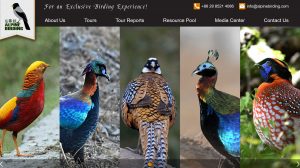
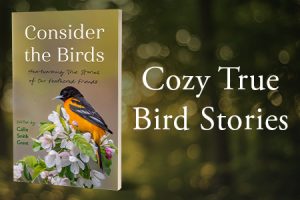
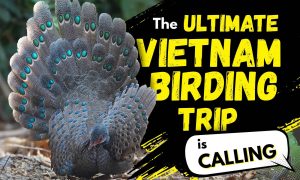
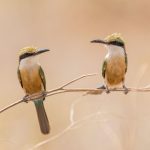
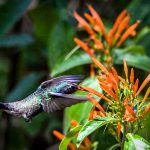
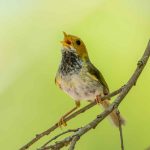

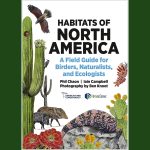


Grey is the future